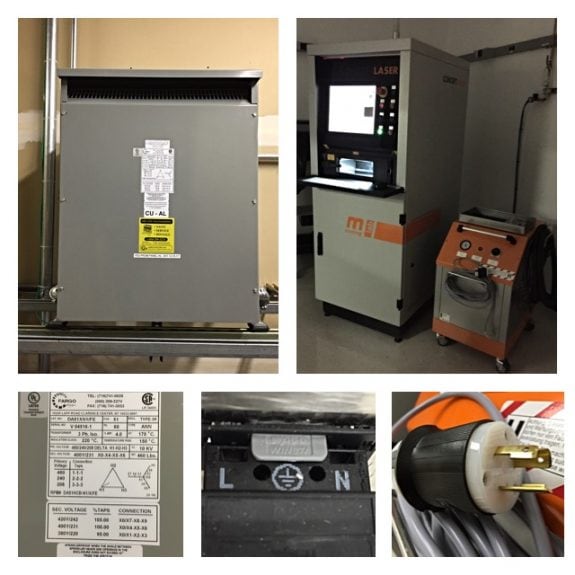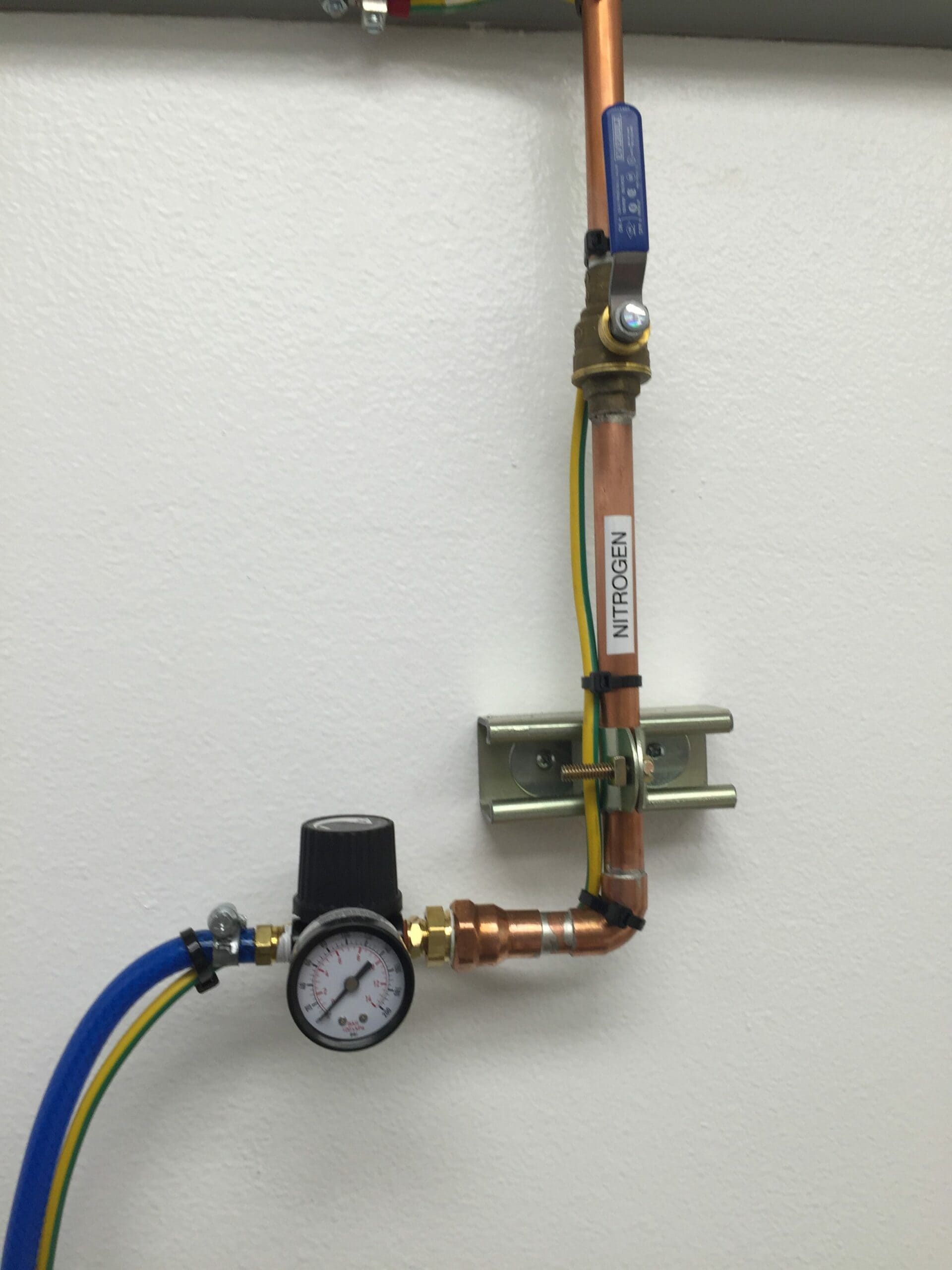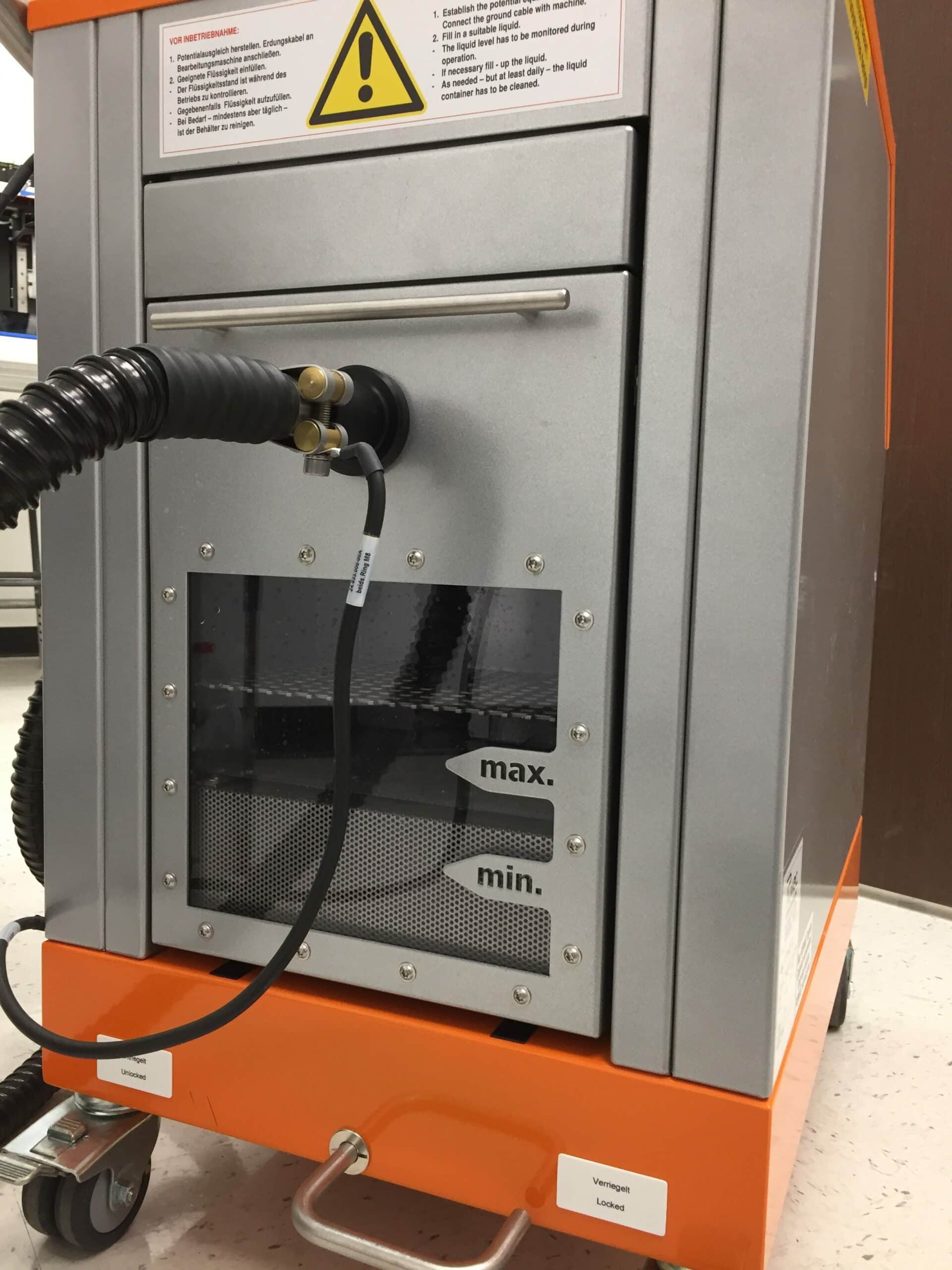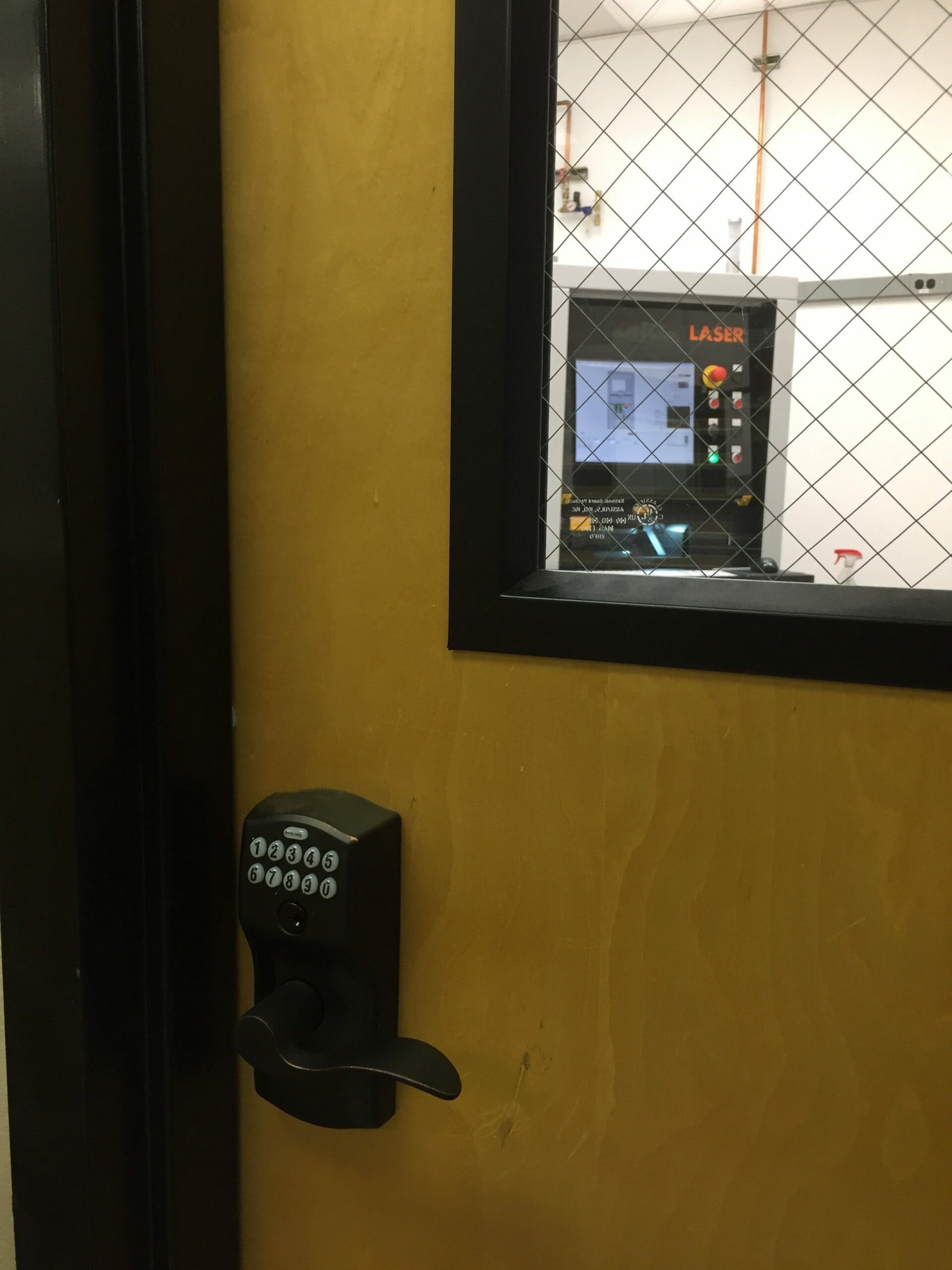After installing our first Laser Powder Bed Fusion Additive Manufacturing system, we learned a lot, and while he was at PADT, Dhruv Bhate kindly wrote up a series of blog posts on what we learned.
Here are the articles:
This is part 2 of a 5-part series on the lessons we learned installing our first Metal 3D printer, a Concept Laser MLab Cusing R. Please read the first post if you haven’t already, where I listed all the different equipment (in addition to the 3D printer itself) one needs to run this process.
A reminder at the outset: these posts are meant to be informative only, to give you a sense of what questions you need to ask and get answers to. Specific requirements will vary by equipment and your site specific needs.
1. Electrical
Most metal 3D printers, including the Concept Laser machines, are manufactured in Europe and have electrical requirements that differ from what most American machine shops are setup for (which is the scope of this section). If you have installed 230 V European equipment before and know what L-N and PE stand for and how they differ between European and American systems, you can skip this section. If not, read on.
There are two key items here one needs to be aware of: first of course is the fact that these pieces of equipment typically run on single-phase 230 V (3-phase 400V for the very large machines like Concept Laser’s XLine 2000R) as opposed to the standard 110V. Secondly, and this is easier to miss, European electrical connections have one “hot” line (L) for a single-phase, one Neutral line (N) and one Protected Earth (PE) – this is different from the US standard where you have 2 “hot” lines and 1 ground. The reason for these differences and how to address them electrically is beyond the scope of this post (or my understanding), but the main point is to have an electrician familiar with European codes review this early on. A dedicated custom transformer for all your European 230V equipment is one solution, and the one we employed here at PADT, as shown in Figure 1. (I rarely give shout-outs, but our experience with Fargo Electric on procuring a custom, affordable transformer was one of the best transactions I have ever had.)

2. Inert Gas

Laser melting of powder metals needs to be conducted in an inert atmosphere. Most suppliers recommend using Argon for Aluminum and Titanium alloys, but that Nitrogen is fine for the non-reactive alloys such as steel, Inconel and Cobalt-Chrome alloys. At PADT, we leveraged our existing nitrogen generator and added an additional line running to our metal 3D printer (Figure 2). Before doing this, you need to add up all the consumption rates for the machines (at their peaks) to make sure you don’t exceed the generator’s capabilities. It is a good idea to demarcate space for Argon cylinders should you need them at a later stage.
3. ESD Mats or Floors (for Reactive Metals)
As we will see in the next blog post in this series, avoiding charge dissipation into metal powder is a key safety requirement for operating metal 3D printers – this is achieved through a range of strategies like ESD (Electro Static Discharge) armbands, grounding ElgiloyHastelloy C4 wires etc. If you plan on running reactive metals and especially if you expect to have many operators, an ESD coated floor with ESD shoes or boot straps, along with an ESD meter (like the one Honeywell installed at their facility) is a good strategy. From personal experience with ESD boot straps, I know these can be fickle in passing an ESD meter test. Connecting the ESD meter to the entryway door so entry is only provided after passing the test is one way to ensure only those with functioning straps enter the workspace. For those without this strategy, grounded ESD mats and ESD armbands connected to the machine are also alternative strategies which I will discuss in more detail in the next post. From a facilities standpoint, if you do want to enable ESD coated floors, boot straps and ESD meters, you need to plan this early, which is why I have included it here.
4. Water

Access to running water is essential for cleaning the wet separator (vacuum) that is used for sucking up fugitive powder – ideally the water source is near your liquid waste storage so you can clean out the wet separator and pour the powder-contaminated water into storage. Alternatively, you can also use a garden sprayer for smaller machines, like we do at PADT. Fill up the sprayer with water and use it to rinse out the wet separator right on top of the waste storage bin.
Another reason you need access to water is to passivate the filter. While not all OEMs recommend water passivation, Concept Laser does and we find it to be very user friendly, as I demonstrate in the video below (video starts 2:58 in, which is when I discuss filter passivation with water).
5. Access Control
It is important to restrict access to your metal AM laboratory through badge scanning or key pad entry to those who are trained on using the machine, and your building facilities team. It also helps to provide as much visibility through glass windows so that folks that are entering can study what activity is in progress before entering.

6. Structure & Ventilation
Here I move into the subjective (gray area) domain – I request anyone who has more specific information on these matters to kindly share them with me for inclusion in this post (with due credit). I have heard anecdotally that in some places the city has required the supplier to install blast walls and other explosion resistant infrastructure – yet others have not required such infrastructure (including ours). I am not well informed in this space and can only emphasize the need to have these discussions out in the open in the early stage of planning your facility and ask your city’s building safety person if the walls you have planned (or already have installed) are adequate or not – this is likely to be a function of the amount and reactivity of the powder you are handling, proximity to vulnerable areas, human occupancy and other concerns. With regard to ventilation, the more open the space the better (these machines can heat up a small, closed room) – at the same time the space needs to be sealed off from the elements including wind. I know this too is a subjective matter, so discussions with city representatives are the best way to go.
–
Please send any of your comments, questions or suggestions for improvement to info@padtinc.com, citing this blog post, or connect with me on LinkedIn.
Acknowledgements
Special thanks to Gregg Rand at PADT, Martin Perez (City of Phoenix) and Dave Tallman (City of Tempe), and engineers at Concept Laser Inc.
Continue Reading:


















